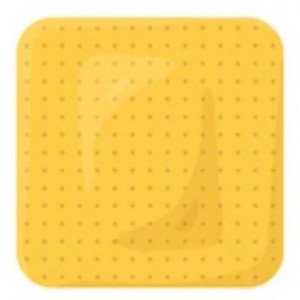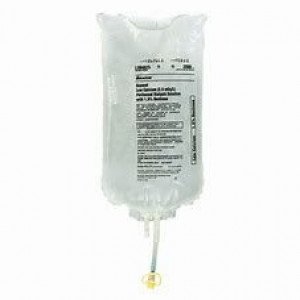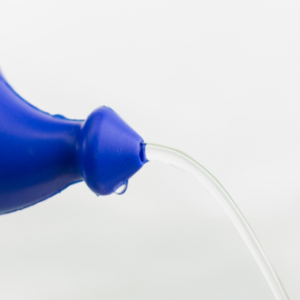 Welcome
Welcome
“May all be happy, may all be healed, may all be at peace and may no one ever suffer."
- A
- B
- C
- D
- E
- F
- G
- H
- I
- J
- K
- L
- M
- N
- O
- P
- Q
- R
- S
- T
- U
- V
- W
- X
- Y
- Z
Z-Lidocaine 2%
Mederma 20gm
Jasocaine 2%
Gel - Brands
The method for using gel will depend on the specific type of gel and its intended use. Here are some general steps for using topical gels:
- Wash your hands thoroughly with soap and water before handling the gel.
- Clean the affected area of skin and dry it thoroughly.
- Squeeze a small amount of the gel onto your fingertip or a cotton swab.
- Gently apply the gel to the affected area, using a circular motion to spread it evenly.
- Wash your hands again after applying the gel.
For vaginal gels, the steps may be slightly different:
- Wash your hands thoroughly with soap and water before handling the gel.
- Remove the applicator from its packaging and fill it with the prescribed amount of gel.
- Lie down on your back with your knees bent, or assume a position that is comfortable for you.
- Gently insert the applicator into the vagina as far as it will go, without causing discomfort.
- Squeeze the applicator to release the gel and then remove it from the vagina.
- Wash your hands again after applying the gel.
For oral gels, follow the dosing instructions provided by your healthcare provider or the product label. The gel may be applied directly to the affected area, such as the gums, or swallowed as directed.
It is important to follow the specific instructions provided by your healthcare provider or the product label when using gel, as the dosing and administration may vary depending on the medication and condition being treated. If you have any questions or concerns about using gel, talk to your healthcare provider for guidance.
How to use Gel?
Gel is a semisolid substance that is typically thick, smooth, and slippery. It is made up of a liquid phase and a solid phase that is dispersed throughout the liquid. Gels are commonly used in a variety of products, including cosmetics, pharmaceuticals, and food.
In the pharmaceutical industry, gels are often used as a vehicle for delivering medications topically to the skin or mucous membranes. They can be formulated to contain a variety of active ingredients, such as antibiotics, antifungal agents, and anti-inflammatory drugs. Some common types of pharmaceutical gels include:
- Topical gels: These gels are applied directly to the skin and are used to treat a variety of skin conditions, such as acne, eczema, and psoriasis. They may contain active ingredients that work to reduce inflammation, relieve pain, or promote wound healing.
- Vaginal gels: These gels are used to treat vaginal infections or conditions, such as bacterial vaginosis or yeast infections. They may contain antifungal or antibacterial agents that work to reduce the growth of harmful microorganisms.
- Oral gels: These gels are used to deliver medications orally, particularly for patients who have difficulty swallowing pills or capsules. They may contain analgesics, antacids, or other active ingredients that work to relieve pain or treat digestive issues.
Gels can also be used in other applications, such as in the food industry as a thickening agent or in cosmetics as a base for lotions and creams.

Solution

Patch

Effervescent Granules

Scrub

Gas

Dialysis Solution

Elixir

Irrigation
Gel, How to use Gel, জেল
To be happy, beautiful, healthy, wealthy, hale and long-lived stay with DM3S.